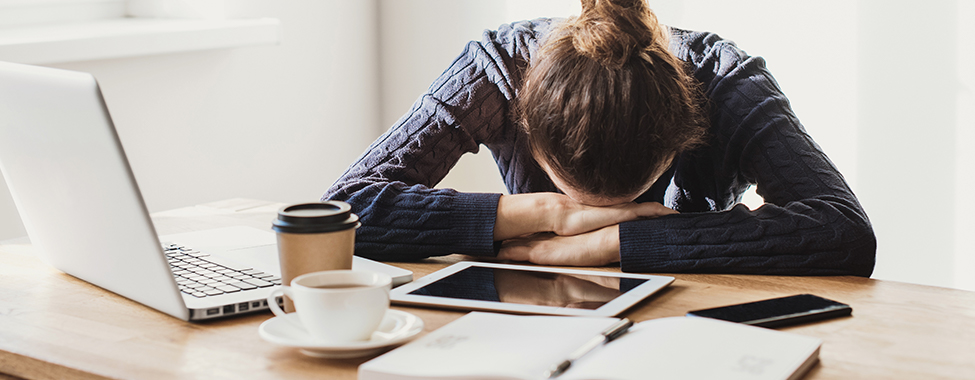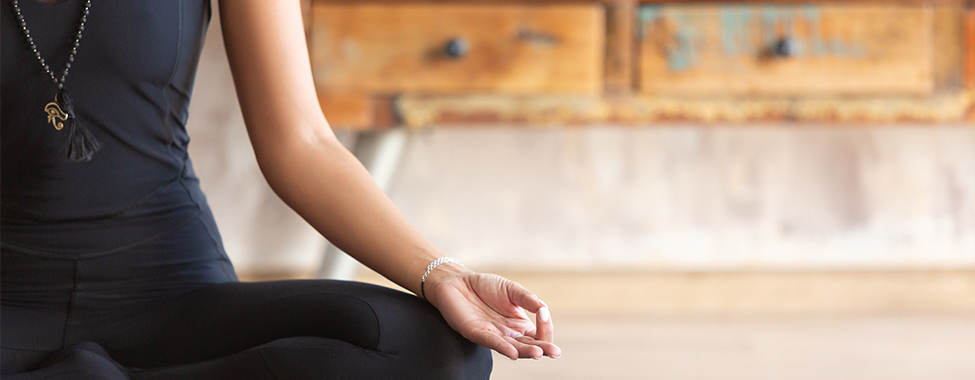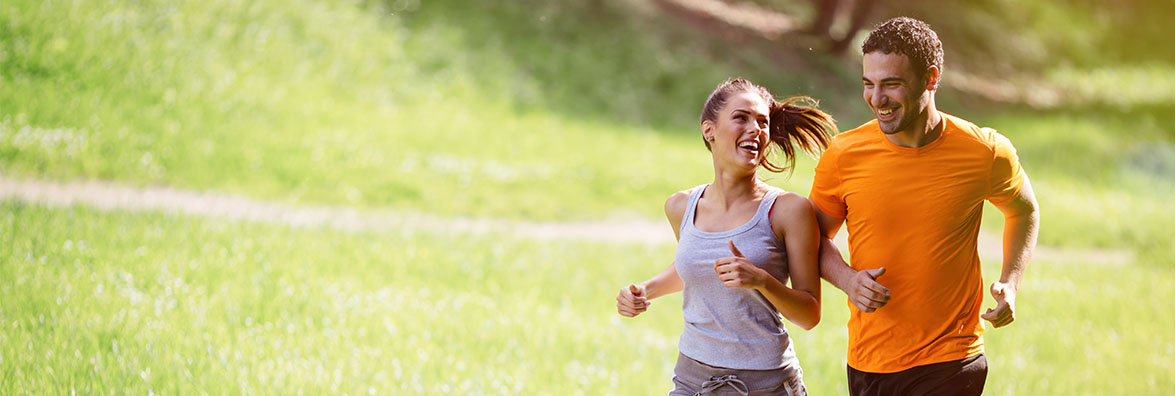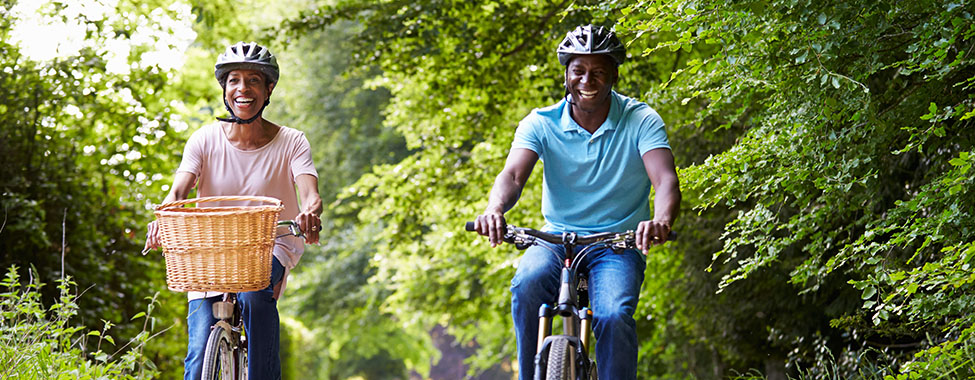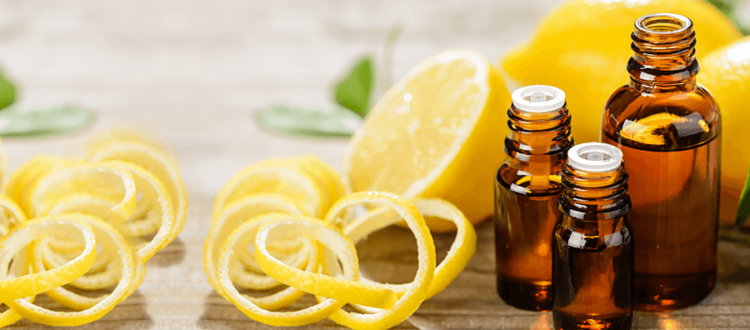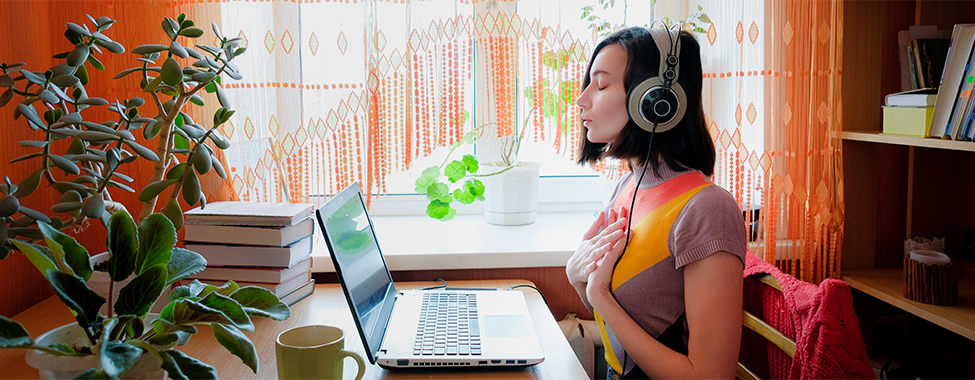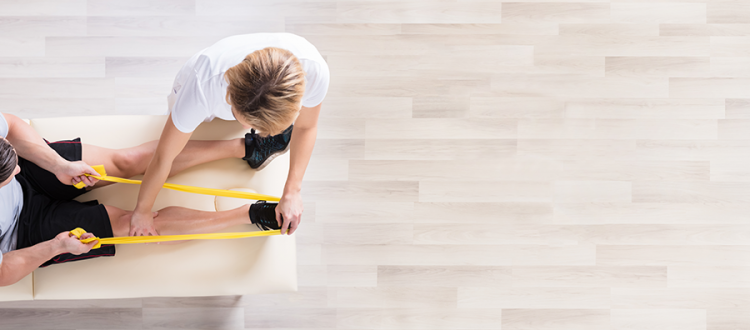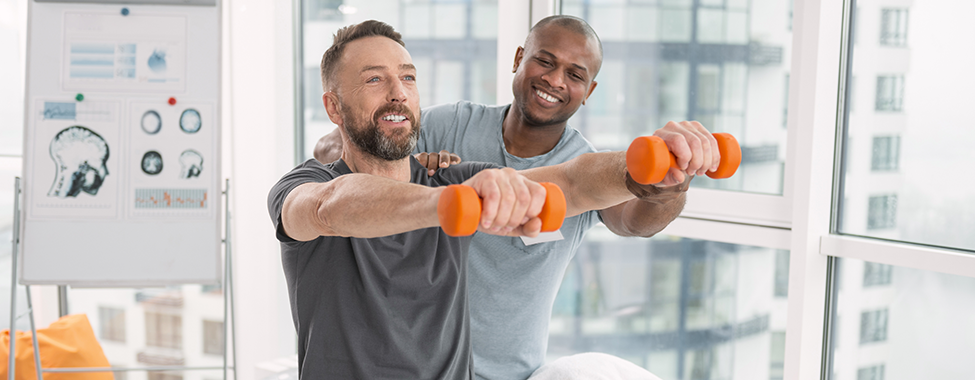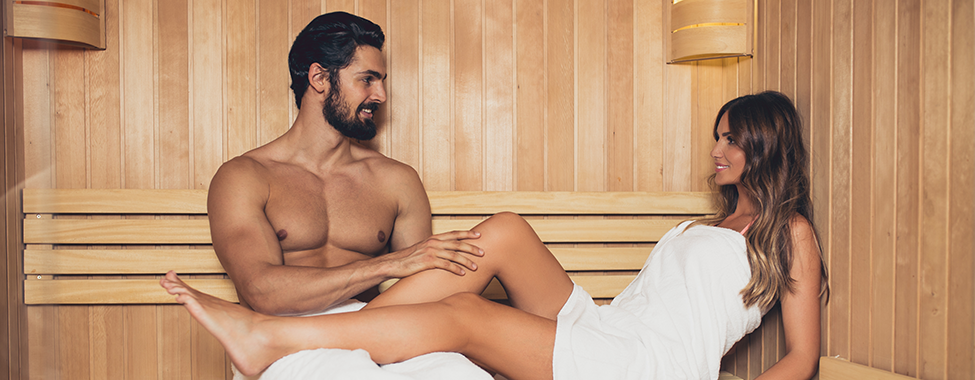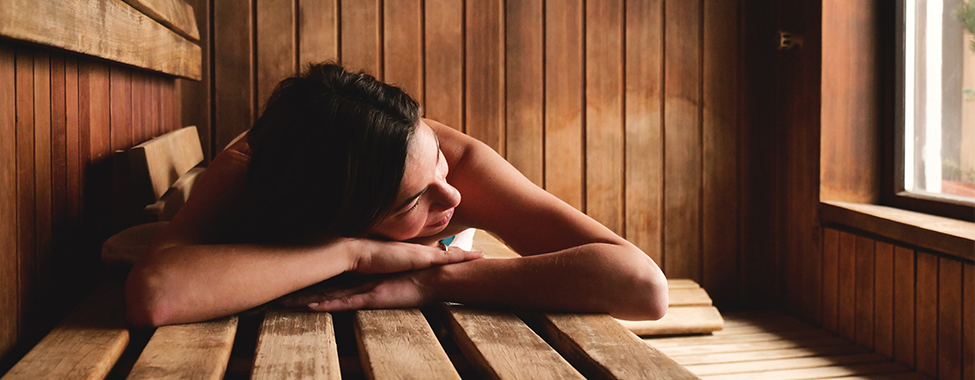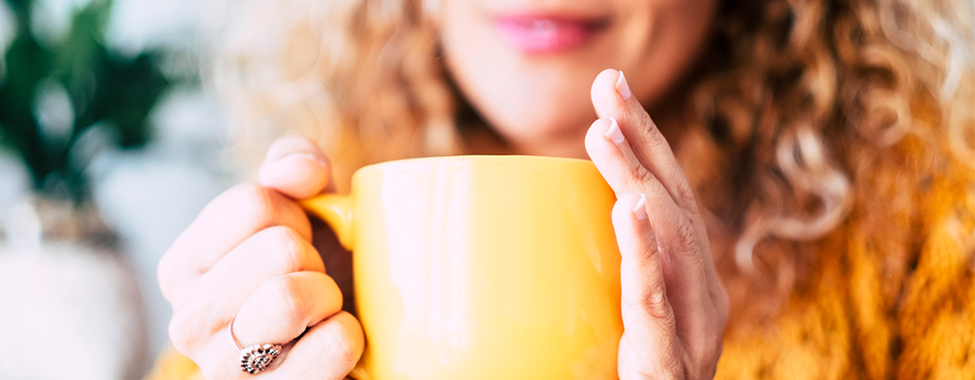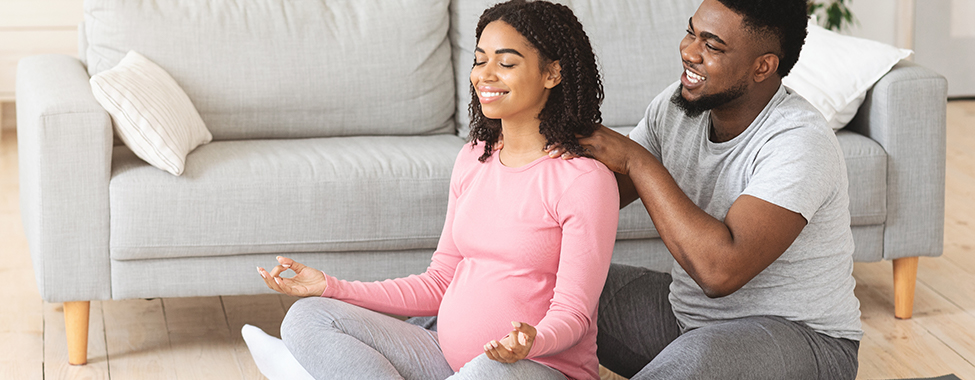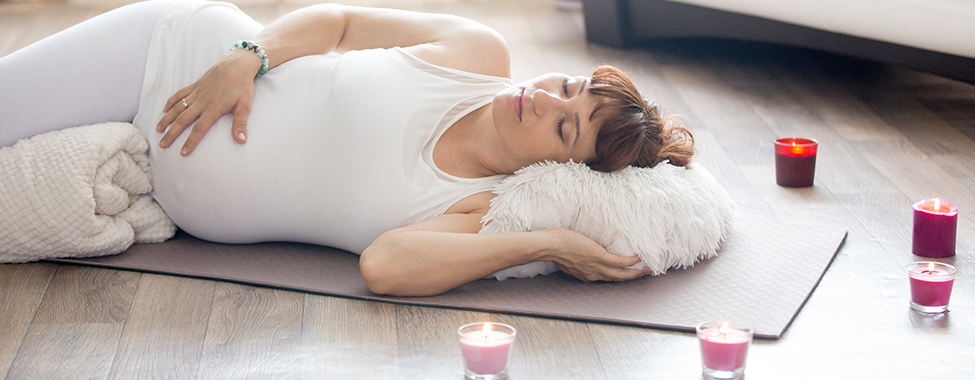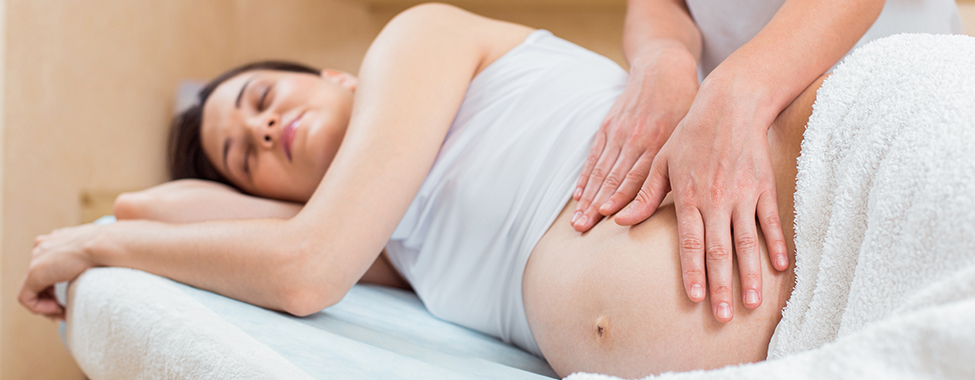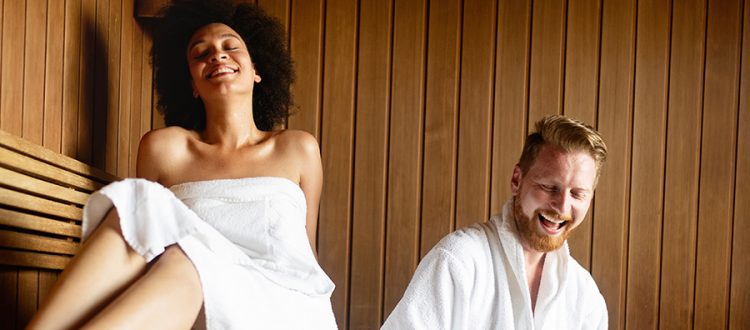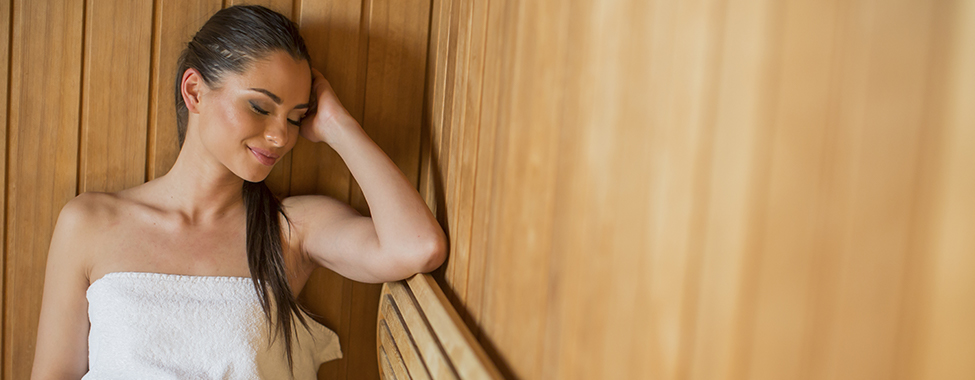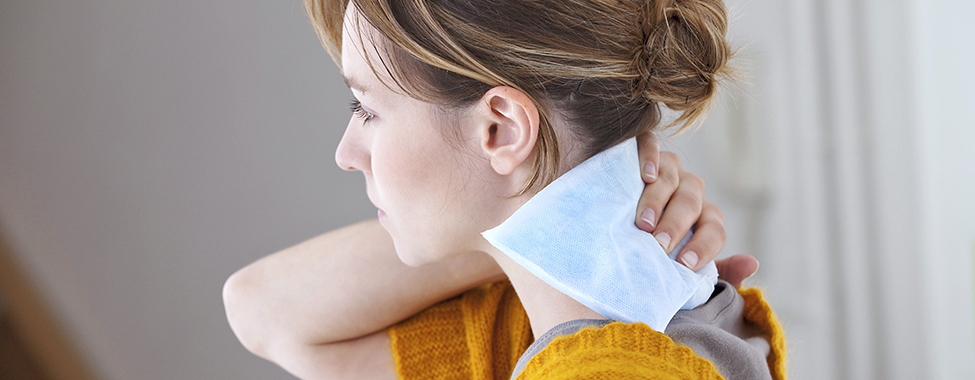These days, detox cleanses are all over the place. But are they effective or safe? Unfortunately, health gimmicks are prevalent with loose claims that may do more harm than good. Though fad detoxes and cleanses might not be what they claim to be, there are still a number of ways you can help support your body’s natural detoxification process so you can have long-term results in a safe and effective way. Learn more about healthy ways to detoxify your body that will leave a lasting impact on your wellbeing!

What is Detoxification?
Detoxification is the body’s process of cleansing the blood. This is done by removing impurities from the blood in the liver, where toxins are processed for elimination. The body also eliminates toxins through the kidneys, intestines, lungs, lymphatic system, and skin during a body detox. However, when these systems are compromised, impurities aren’t properly filtered and the body is adversely affected.
A body detox can help the body’s natural cleansing process by:
- Resting the organs through fasting
- Stimulating the liver to drive toxins from the body
- Promoting elimination through the intestines, kidneys, and skin
- Improving circulation of the blood
- Refueling the body with healthy nutrients
The Benefits of Detoxing
Directly or indirectly, toxic residues find their way into our air, food, and water supplies. This interference with our natural biological balance results in disease or poor health. Because of this, detoxification is an important function to keep the body safe and healthy. When toxins are properly removed, there are many health benefits such as:
- Improved immune system
- Healthier internal organs
- Weight loss and management
- More energy
- Improved mental clarity

Are Cleanses Good for You?
Fad detox diets and cleanses are said to eliminate toxins from your body, improve health, and promote weight loss. They often involve the use of laxatives, diuretics, vitamins, minerals, teas, and other foods thought to have detoxing properties. Unfortunately, the glitz and glam of these cleanses often don’t give the long-term results they promise.
Popular detox diets rarely identify the specific toxins they aim to remove or the mechanism by which they supposedly eliminate them. Moreover, no evidence supports the use of these diets for toxin elimination or sustainable weight loss. Some of these cleanses may actually do more harm than good by depriving the body of important nutrients, creating gastrointestinal distress, or even doing long-term damage to metabolism. More often than not, these fad detox diets and cleanses end up being expensive gimmicks with short-term or nonexistent results.
Your body has a sophisticated way of eliminating toxins that involves the liver, kidneys, digestive system, skin, and lungs. Still, only when these organs are healthy, can they effectively eliminate unwanted substances. So, while detox diets and cleanses don’t do anything that your body can’t naturally do on its own, there are other ways you can optimize your body’s natural detoxification system.
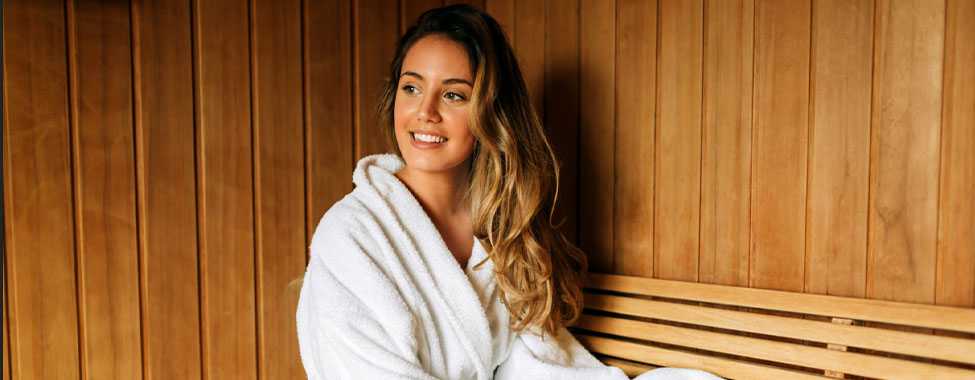
Best Ways to Detox at Home
Use an Infrared Sauna
One of the biggest infrared sauna health benefits is its ability to increase your blood circulation, target fat-stored toxins, and stimulate the sweat glands, all of which help remove built-up toxins in the body. Sweating in a sauna can help your body’s detoxifying process as it rids itself of accumulated toxins. The heat stress of infrared sauna use is an effective method of removing fat-stored toxins from the body.
Move and Exercise
Sweating actually helps you detox by boosting circulation throughout the body, and exercise is a great way to make that happen. While there are several mechanisms behind the health benefits of exercise, reduced inflammation is a key point in terms of detoxification. By reducing inflammation, exercise can help your body’s systems – including its detoxification system – function properly and protect against disease.
Get Plenty of Sleep
Giving yourself a good night’s rest is one of the best ways to detox your body and reset. Quality sleep gives your body the time and space it needs to rid itself of toxins. Sleeping allows your brain to reorganize and recharge itself, as well as remove toxic waste byproducts that have accumulated throughout the day. With sleep deprivation, your body does not have time to perform those functions, allowing toxins to build up and affect several aspects of health.

Stay Hydrated
Hydrating will help your kidneys flush out toxins. Water transports these waste products, efficiently removing them through urination, breathing, or sweating. Feel free to add lemon to your H2O for a hit of electrolytes. The citrus signals the liver produce more enzymes, which keep digestion moving smoothly. Tired of plain water? Switch things up with tea. Green tea has been shown to protect against heart disease and cancer, while milk thistle may boost liver function.
Eat Whole Foods
Whole foods packed with nutrients are your best bet when it comes to keeping your insides clean. Fiber-rich fare like fruit, veggies, and beans, as well as nuts, seeds, whole grains, lean protein, and probiotics can aid gut and liver function so any unwanted buildup gets out of your system quickly. Eating a diet rich in antioxidants can help your body fight oxidative stress caused by excess free radicals and other toxins that increase your risk of disease.
Reduce Alcohol Intake
When you drink alcohol, your body works hard to process it quickly, meaning your body isn’t functioning at its peak performance. Drinking alcohol directly impacts the organs that naturally detoxify your body and can severely damage your liver function by causing fat buildup, inflammation, and scarring. When this happens, your liver cannot function adequately and perform its necessary tasks – including filtering waste and other toxins from your body.
If you are planning on doing a fad detox diet or cleanse, wait! The safest and best way to detox is by naturally helping your body’s detoxification process that is already in place. Try these detox tips to help your body feel better suited to fend off disease, healthier, more refreshed.
 Canada
Canada Australia
Australia New Zealand
New Zealand Germany
Germany UK
UK EU
EU Ireland
Ireland Malaysia
Malaysia China
China Japan
Japan

